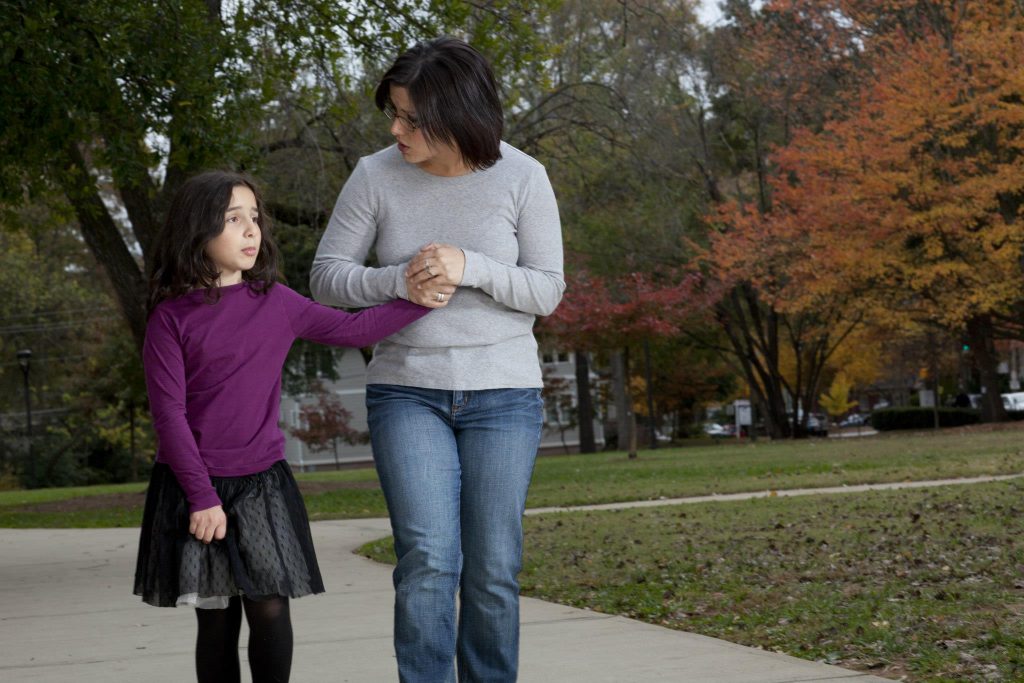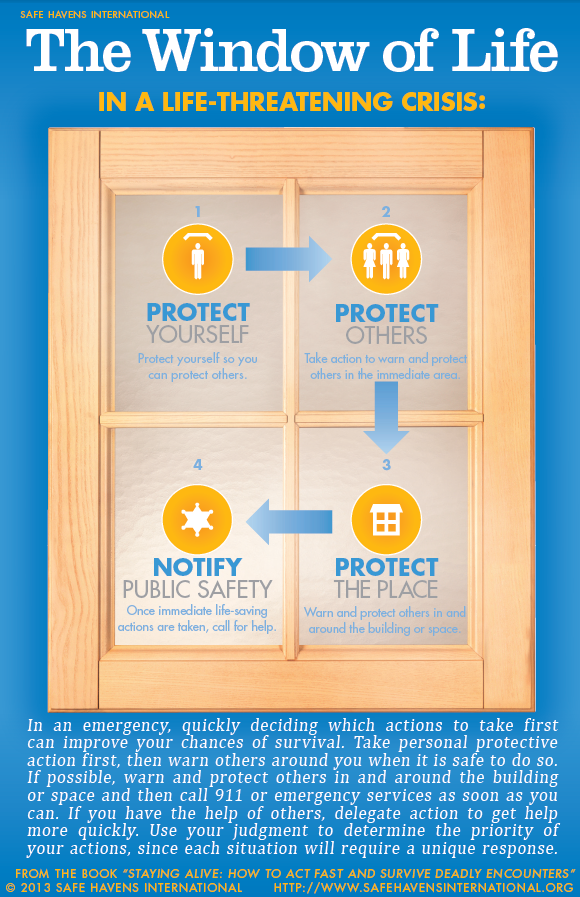
Safe Topics actress needs a kidney
Several years ago, Safe Havens International released the SafeTopics training video series as a teaching tool for school staff across the country. One of those videos – Special Needs Emergency Preparedness – featured a short video about one of our actors who has a special need. Mackenzie Milani and her mother Lindsey were interviewed about their experiences and the types of bullying that Mackenzie endures. This is just one facet of the issues affecting students with special needs and the difficulties staff may have in observing and addressing these kinds of situations. Furthermore, it demonstrates that ‘special needs’ are not always those we expect or even notice on the surface.
Most of our babies arrive with little to no problem and yet we still find ourselves counting their little fingers and toes for reassurance. This is a testament to the fact that even with the healthiest of children parents still worry and put themselves through undue stress. Some parents however, like Lindsey Milani, find that their gifted beautiful children also come with special complications – in her case, ailments that follow them throughout their young lives. For Mackenzie this is because she was born without a bladder. Throughout her life, she has been riddled with medical appointments, hospital visits (thousands), surgeries (six so far), infections and much more. Though these situations have often removed Mackenzie from the classroom, she has never fallen behind in her studies. An avid reader, her nose can often be found deep inside books too heavy for her small stature. Through all of this Mackenzie has had the power to remain at the top of her class year after year, smiling and sharp. Nothing has had the capacity to hold her down. She has brought a much-needed light into a world we so often take for granted.
Over the years Lindsey has done everything in her power to keep her child healthy and happy. Her goal has been to give her daughter as much of a “normal” childhood as possible. This sort of hardship day after day wares on even the strongest of us and at 13 years old Mackenzie longs to fit in with her peers. Lindsey has spent over a decade handling the stresses of appointments followed by cumbersome medical bills, traveling to Washington State, Ohio, and New York to see specialists, and ultimately moving her family to where the best doctors and medical facilities for Mackenzie’s condition are. She has devotedly delivered a message to every teacher, friend and person along her path to raise awareness not only of her daughter’s special needs but of the cause as a whole.
For some time now Mackenzie has been doing very well. The Milanis thought their most trying times were behind them after her surgery to build a functioning bladder. Many things seemed to get easier and the infections seemed to show themselves less often. Mackenzie has even been enjoying her time on the color guard of which although she is still in middle school she participates at a high school level. Recently, however, the Milanis were notified that Mackenzies kidneys are presently in late stage four renal failure and she is in need of a kidney transplant. The family is trying very hard to find a match for Mackenzie in order to avoid dialysis.
If you are interested in assisting Mackenzie’s hardships please follow her on facebook at: https://www.facebook.com/Mackenziescurefan/
Visit her GoFundMe at: https://www.gofundme.com/kidneyforkenzie
Watch Safe Havens Videos featuring Mackenzie here: https://www.youtube.com/watch?v=zBZ86T25u0s
https://www.youtube.com/watch?v=vidIFPECNvE#t=93.00117472
If you are interested in learning more about kidney disease visit kidney.org
